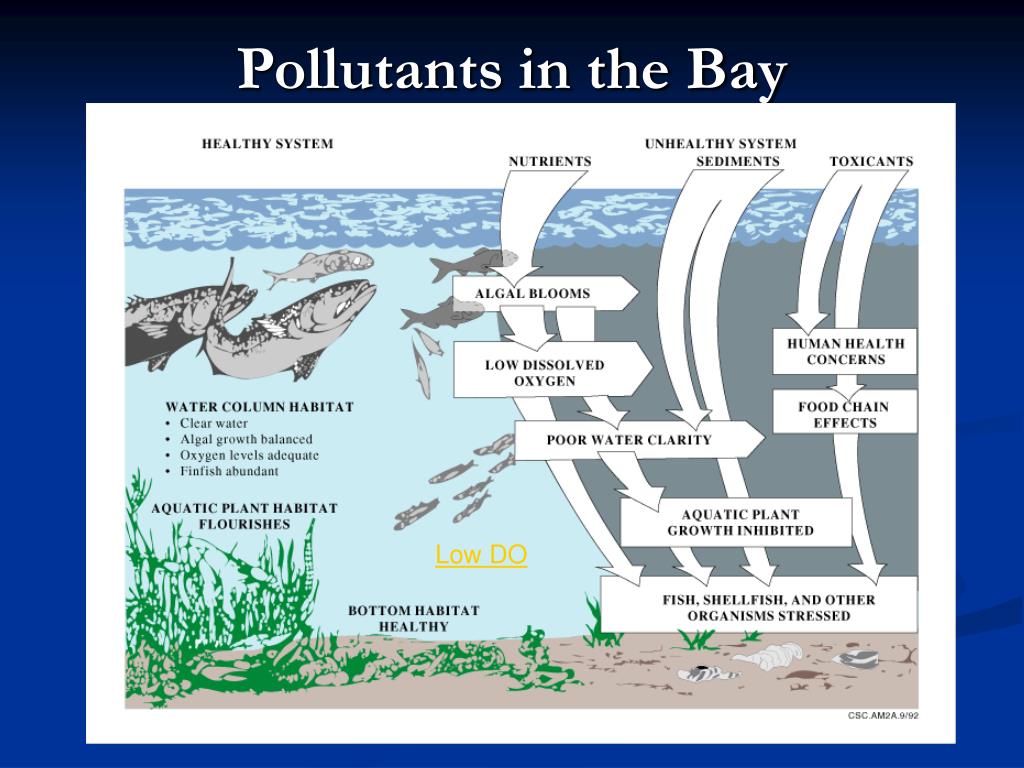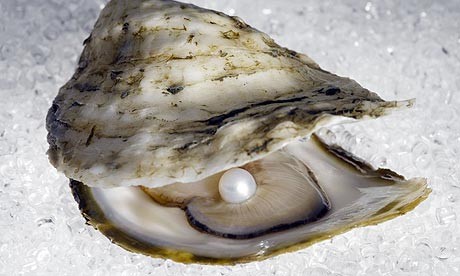

If the structure is a pier or dock, cages can be suspended from pilings. For floating and suspended culture, you can use structures permitted by the US Army Corps of Engineers (USACE). Oysters can be grown in floating bags, suspended cages, or on the bed of the water.

Additionally, become familiar with the time and temperature requirements for commercial harvest of oysters for live, raw consumption. It is strongly recommended that anyone harvesting oysters for personal consumption be aware of the risk and follow the requirements used for commercial harvest.īefore you begin to raise oysters for personal consumption, you should contact the ADPH to confirm the status of the growing waters where you are located. This risk is managed by ensuring that harvested oysters are chilled and kept cold within specific time frames to prevent the vibrios from multiplying and increasing the risk. There are naturally occurring bacteria called vibrios that may cause illness and even death, particularly for immune-compromised individuals. While this is not required for personal consumption, it is strongly recommended that people follow this guideline and grow oysters for personal consumption only in waters that are conditionally approved and open for harvest (e.g., not closed by ADPH due to high rainfall).Ĭonsumers also should be aware of the risks associated with eating raw oysters, even when harvested from open, conditionally approved waters. In commercial operations, this risk is managed by allowing the harvest of oysters only from waters that the Alabama Department of Public Health (ADPH) has classified as “conditionally approved” through a nationally recognized sampling process. Eating oysters with high concentrations of bacteria may cause people to become ill and, in some cases, die. Oysters, which are commonly eaten raw and whole, are very efficient at filtering water, food particles, and many other items, including bacteria. Growing Oysters for Personal Consumptionįollowing are questions that many private growers have about raising oysters at their piers. It is important for you to know what these are prior to beginning any oyster production. Oysters grown for personal consumption are strictly for the benefit of the individual grower.Įach category carries specific production and regulatory requirements related to oyster culture and harvest. For more information, visit Oyster gardening is the nonconsumptive culture of oysters for habitat enhancement or ecological benefit. Commercial oyster culture entails production of oysters with the intent to sell, trade, or barter. There are currently three categories of oyster culture in Alabama: commercial (including under piers), oyster gardening, and personal consumption. Here you’ll learn what it takes to legally and sustainably grow oysters underneath private piers for personal consumption. Participation in Alabama’s Oyster Gardening Program is booming where volunteers contribute their time to help raise oysters under their piers each summer to help restore natural oyster reefs.Īs these activities have grown, so has interest among landowners with water access to raise oysters for personal consumption. In doing so they are providing oysters as well as jobs to some of the region’s finest restaurants. Commercial oyster farmers are raising crops of world-class oysters in areas of open water. In Alabama there has been a renewal of our love affair with oysters.


 0 kommentar(er)
0 kommentar(er)
